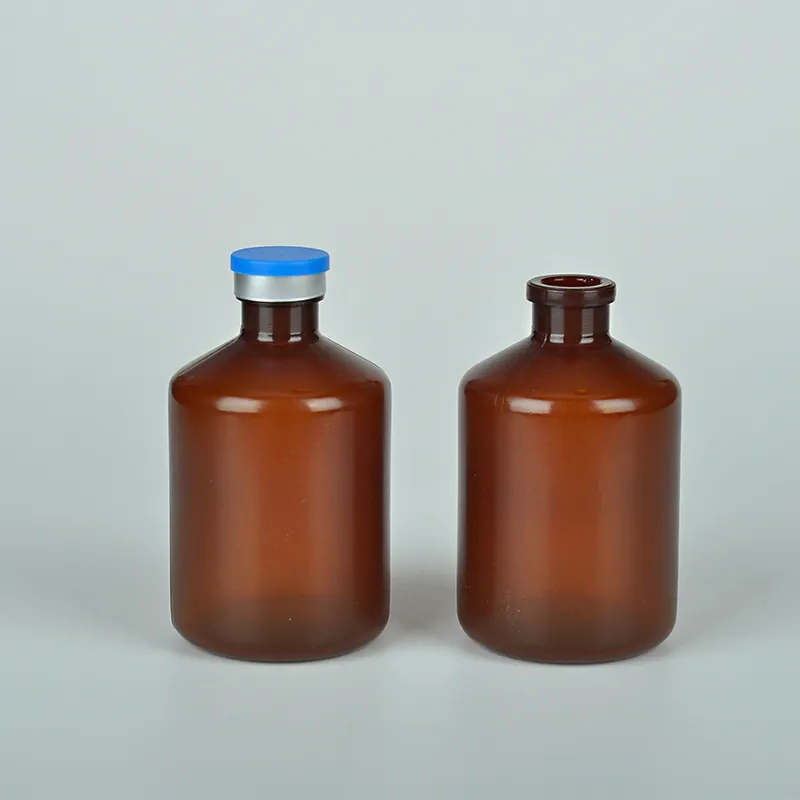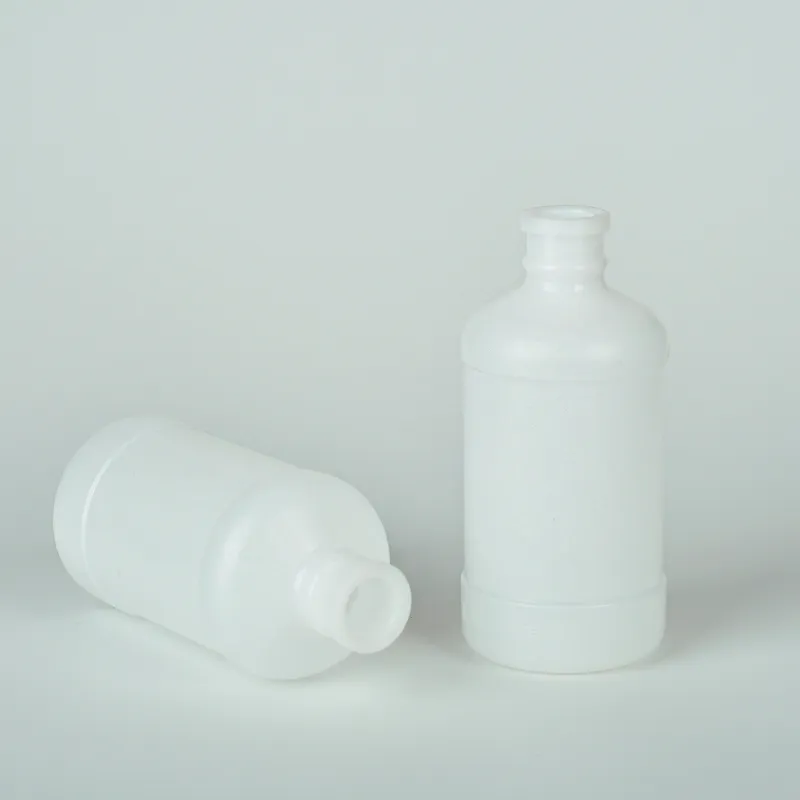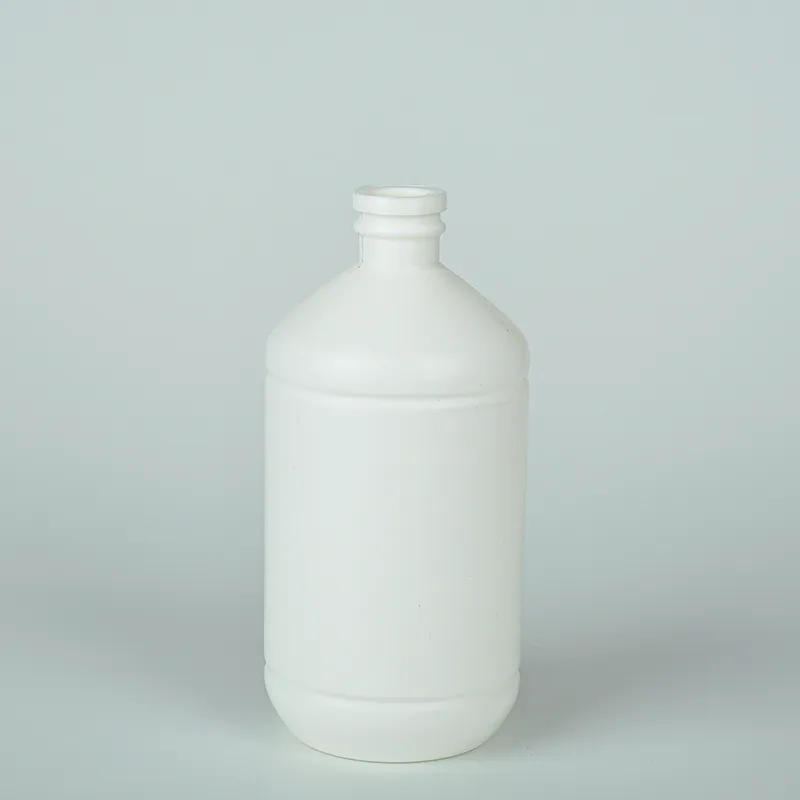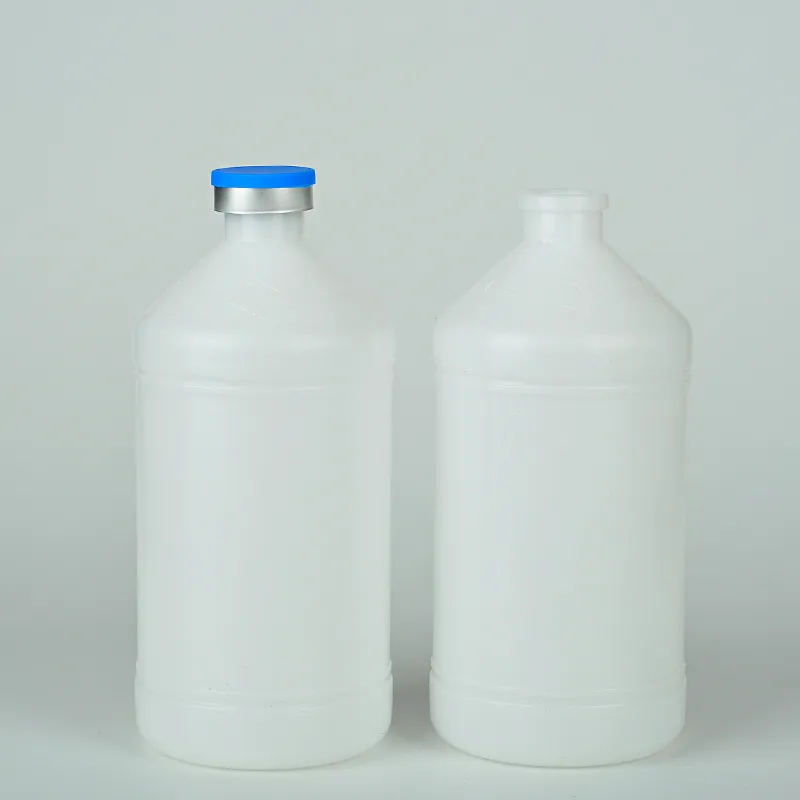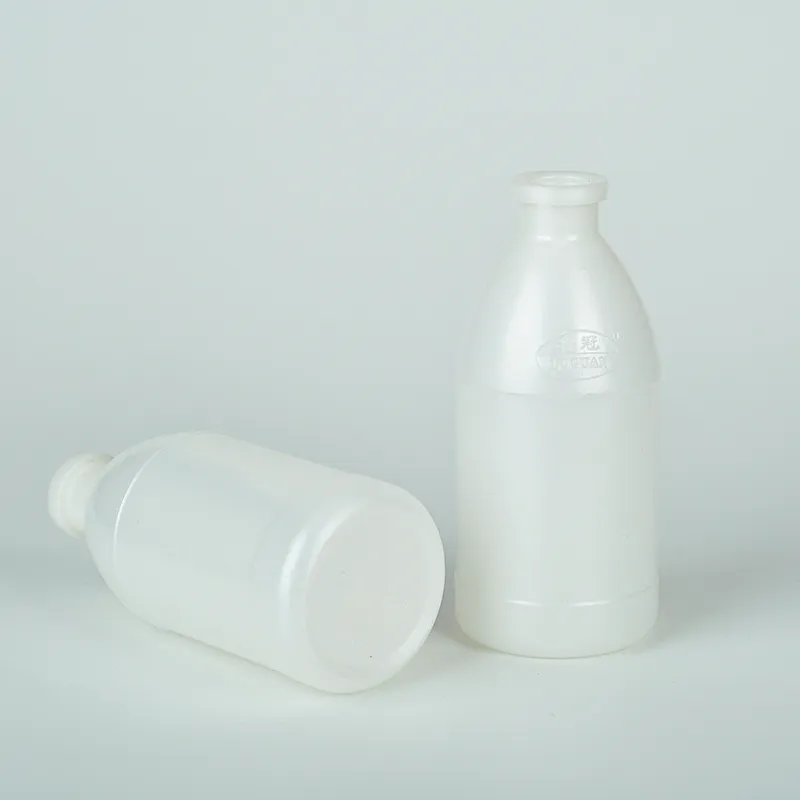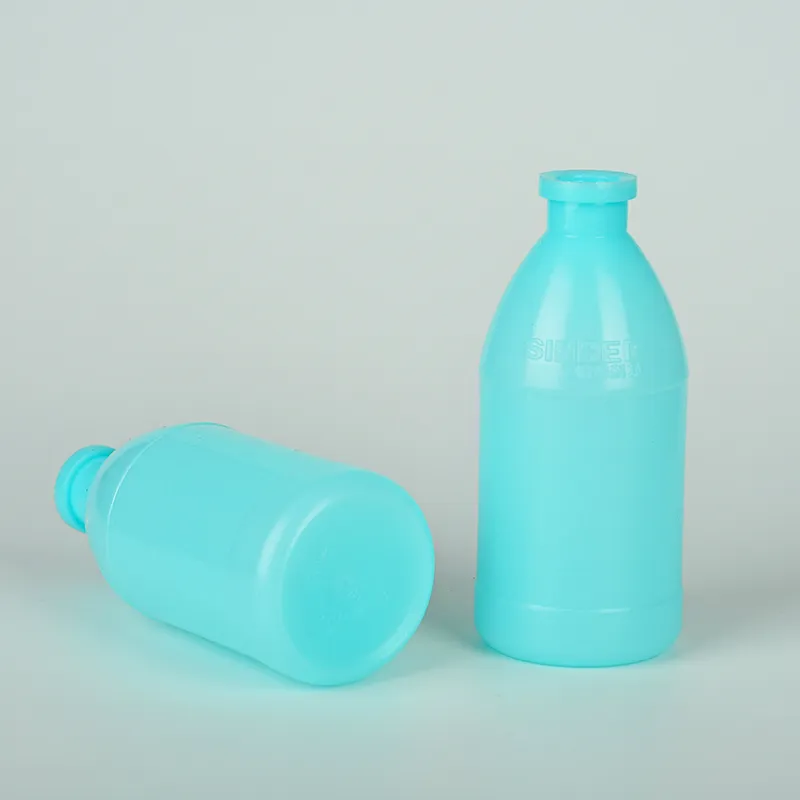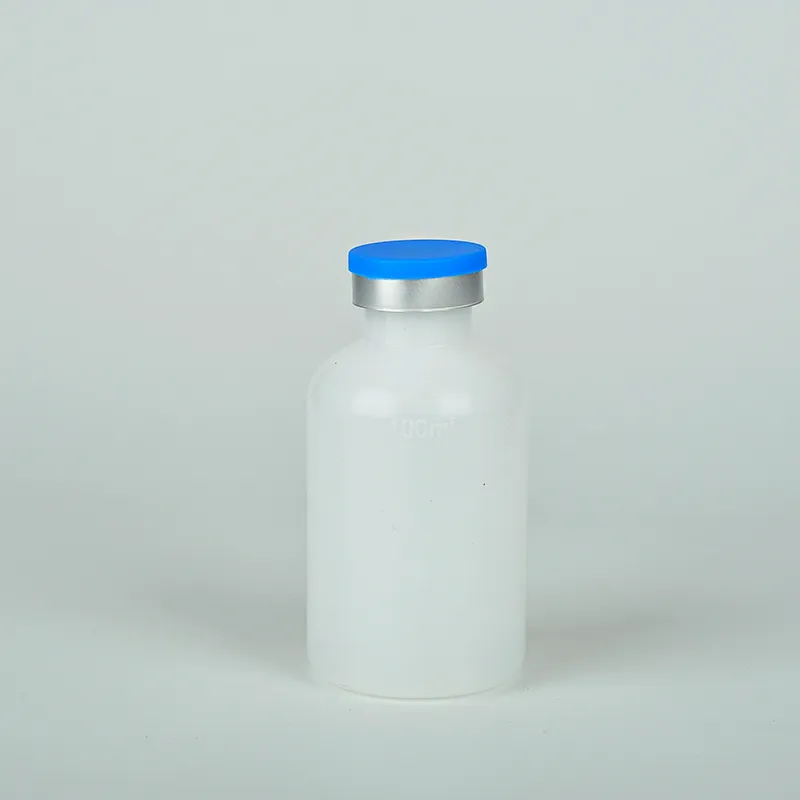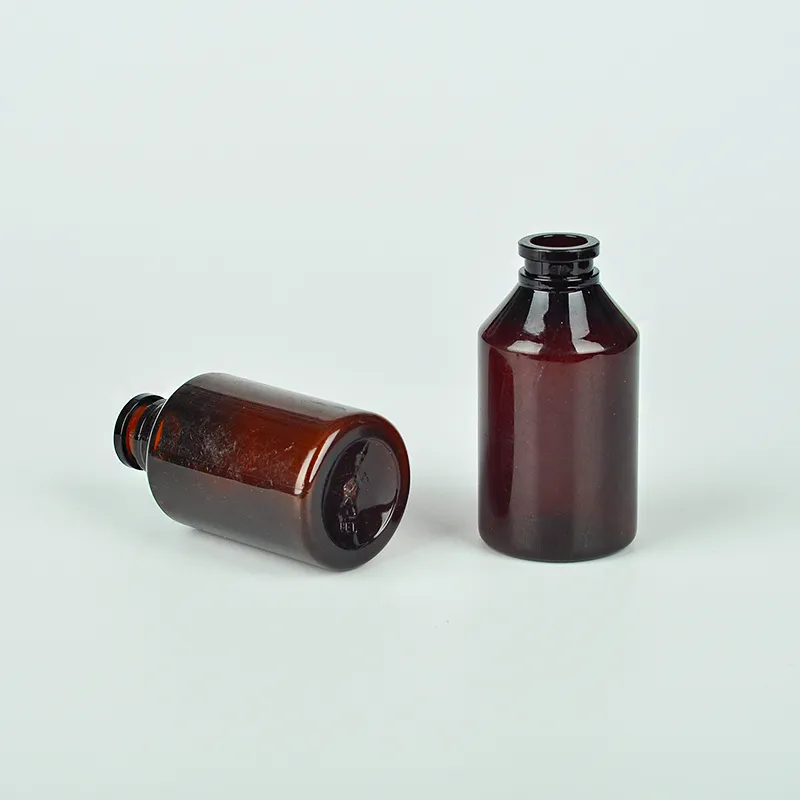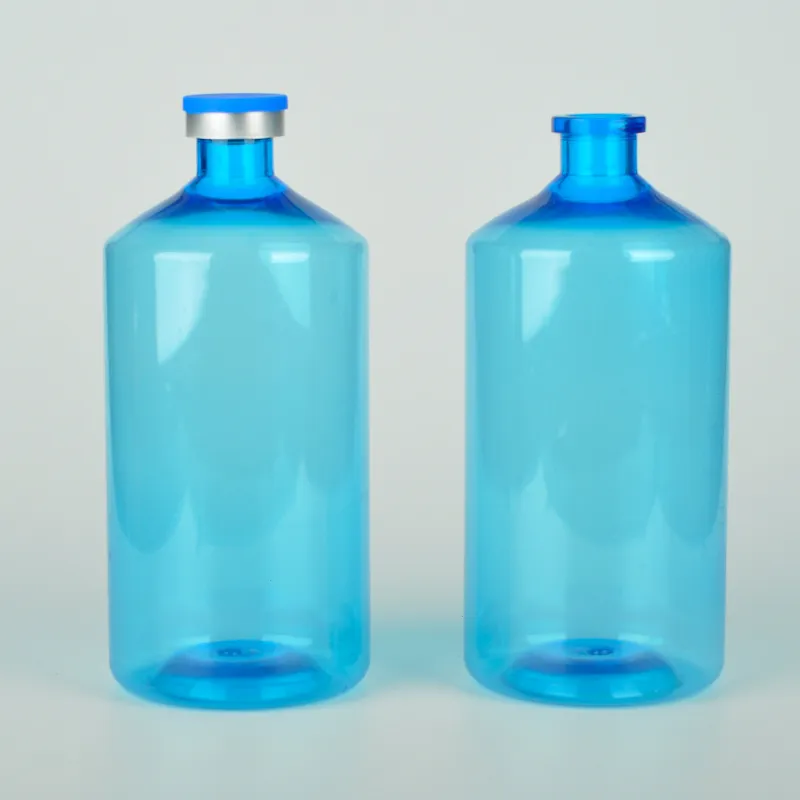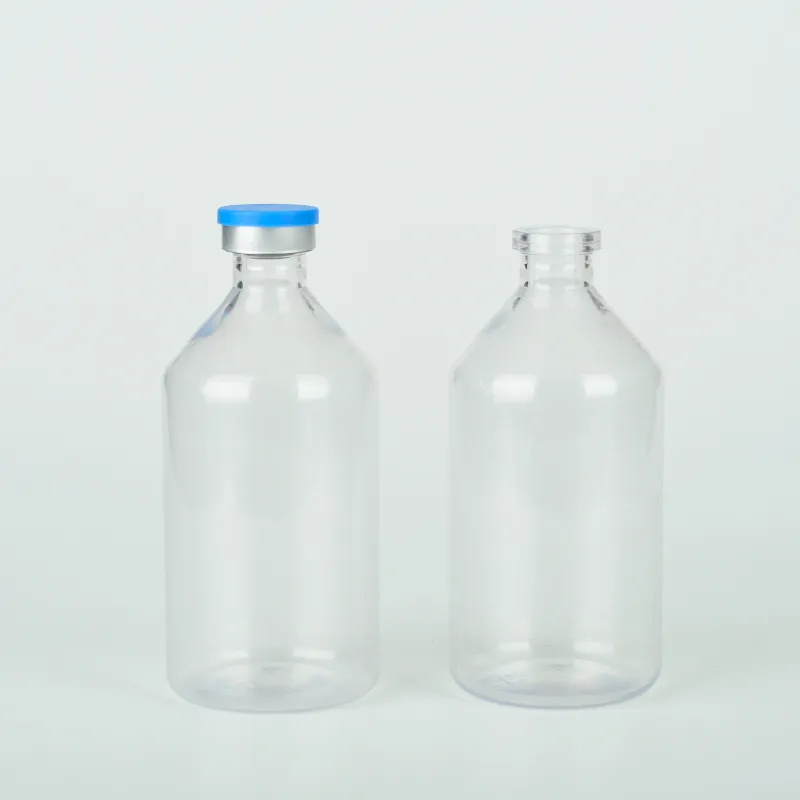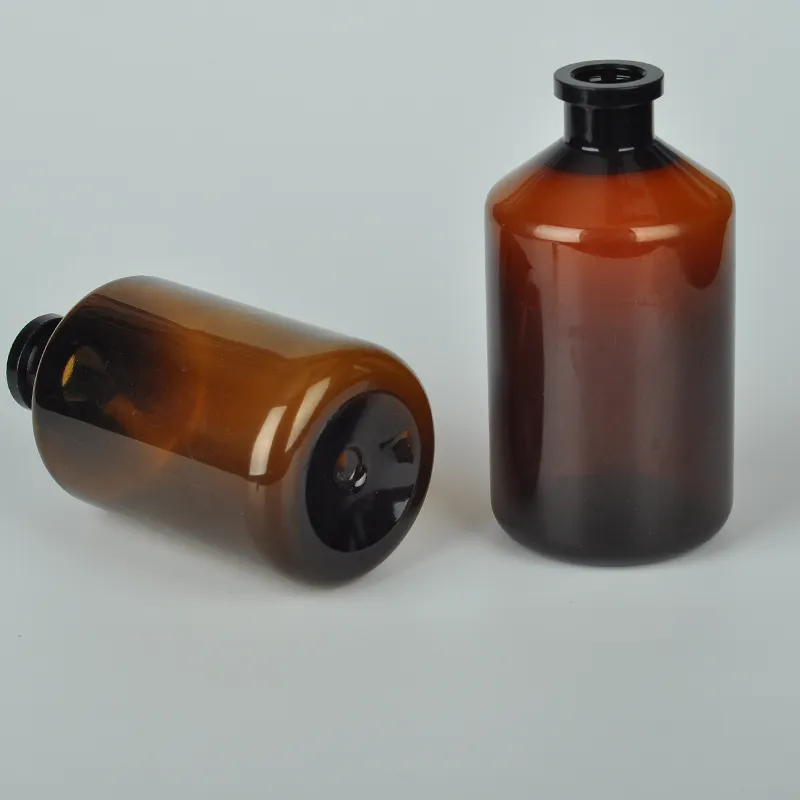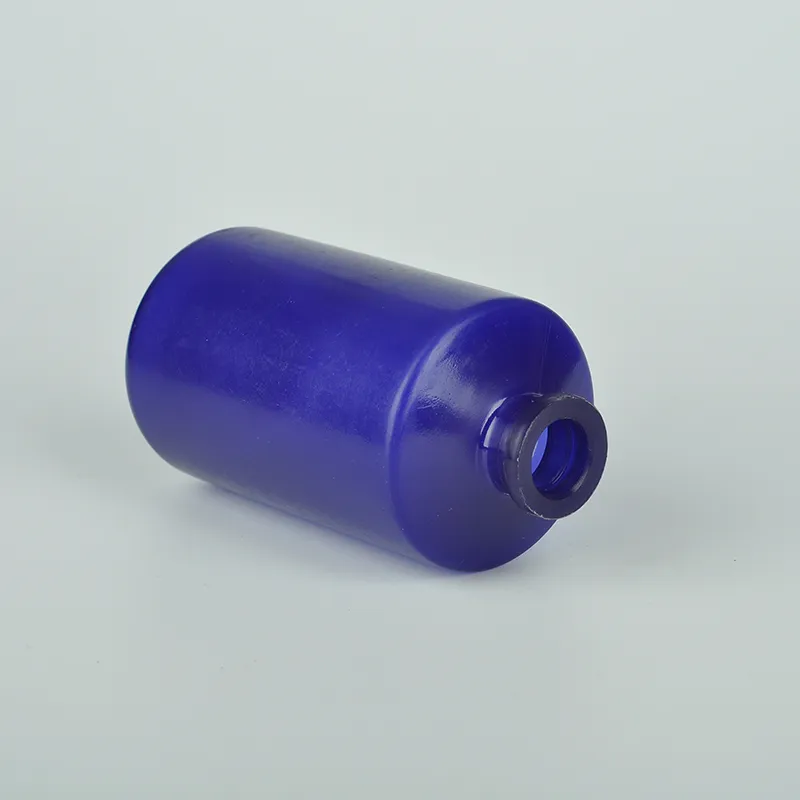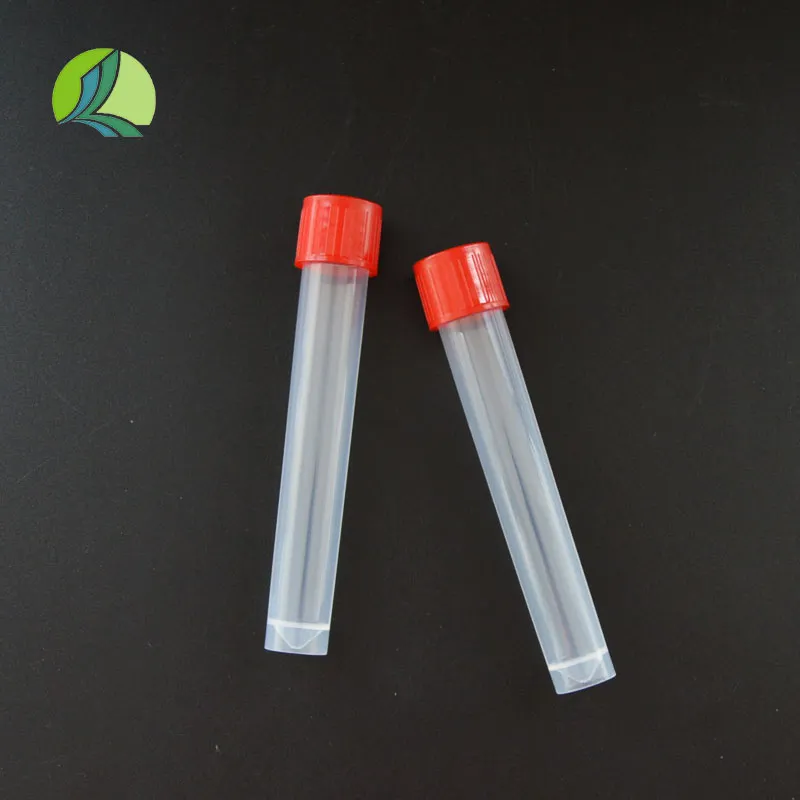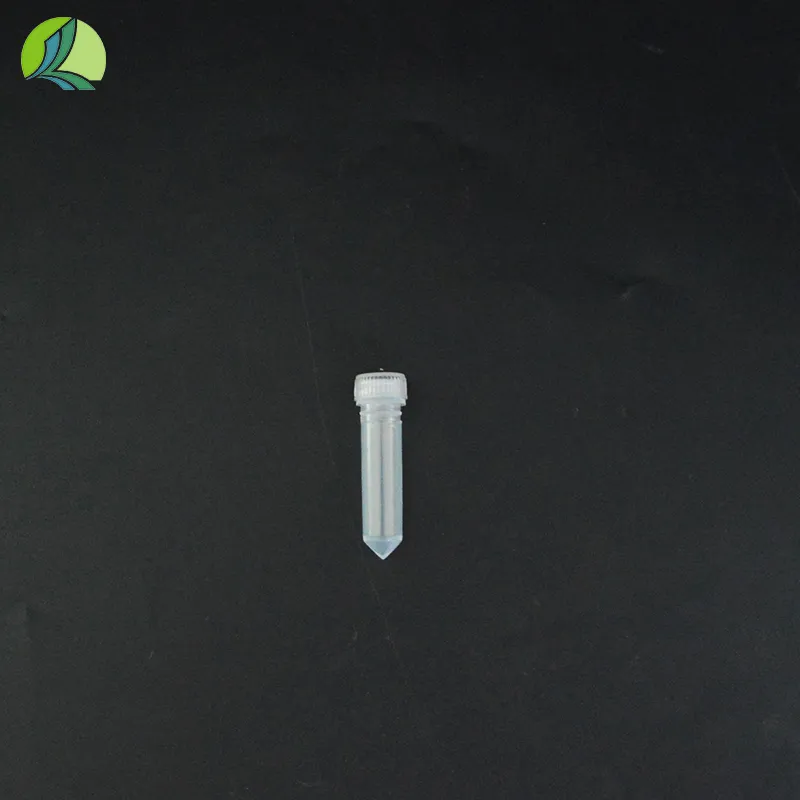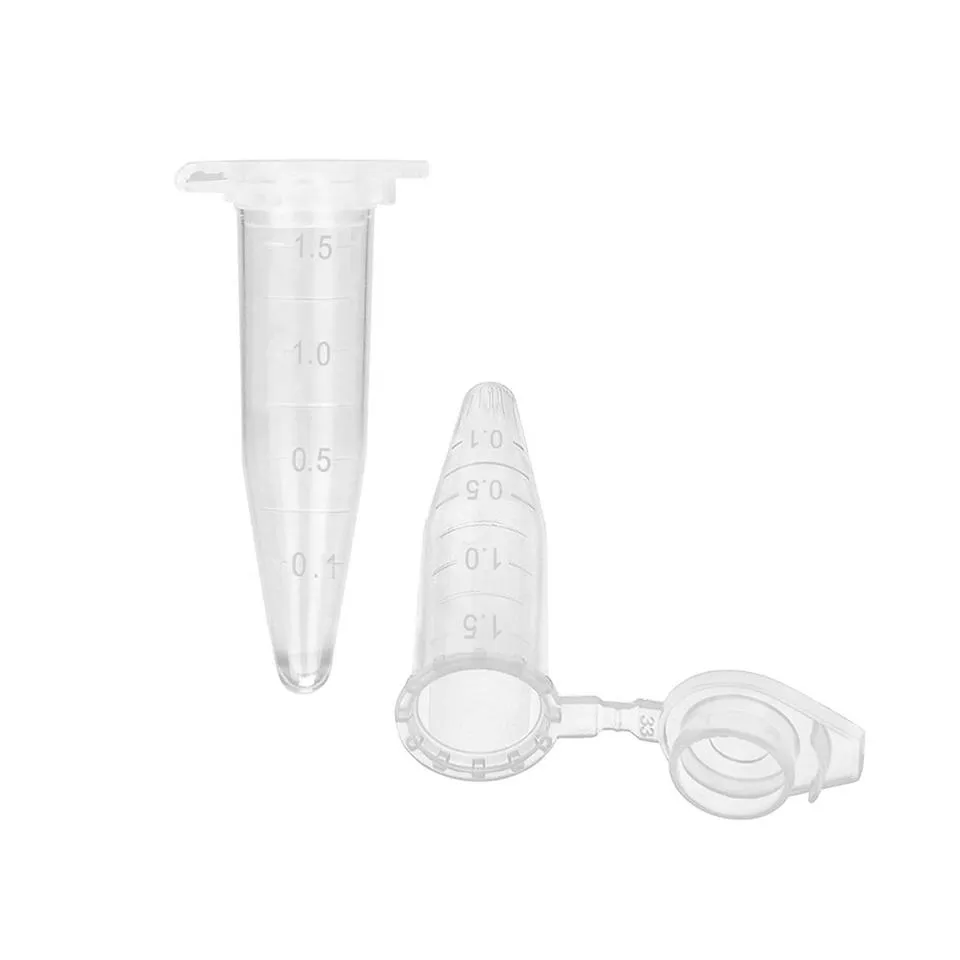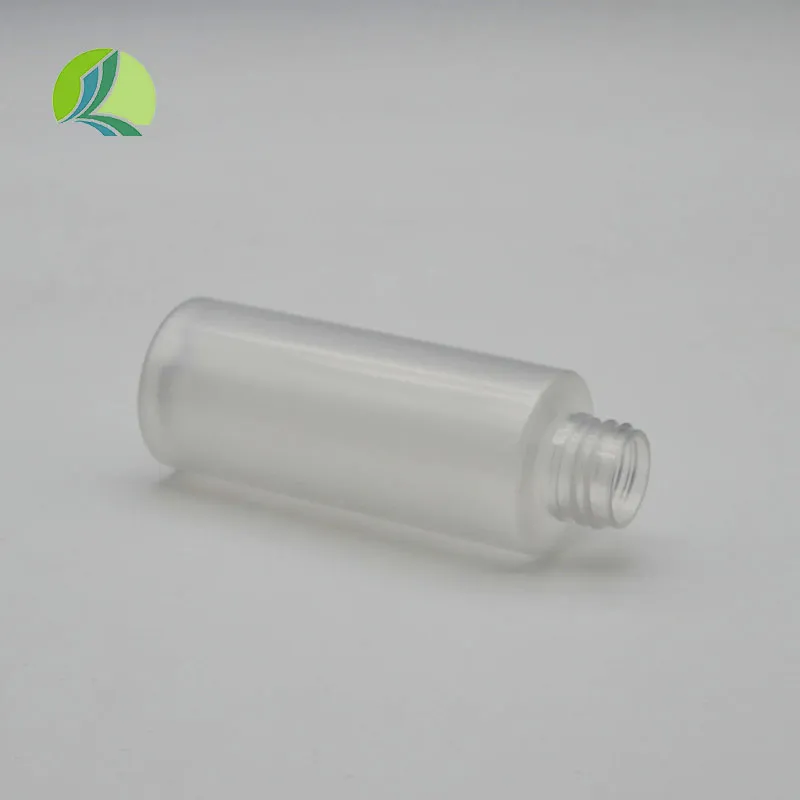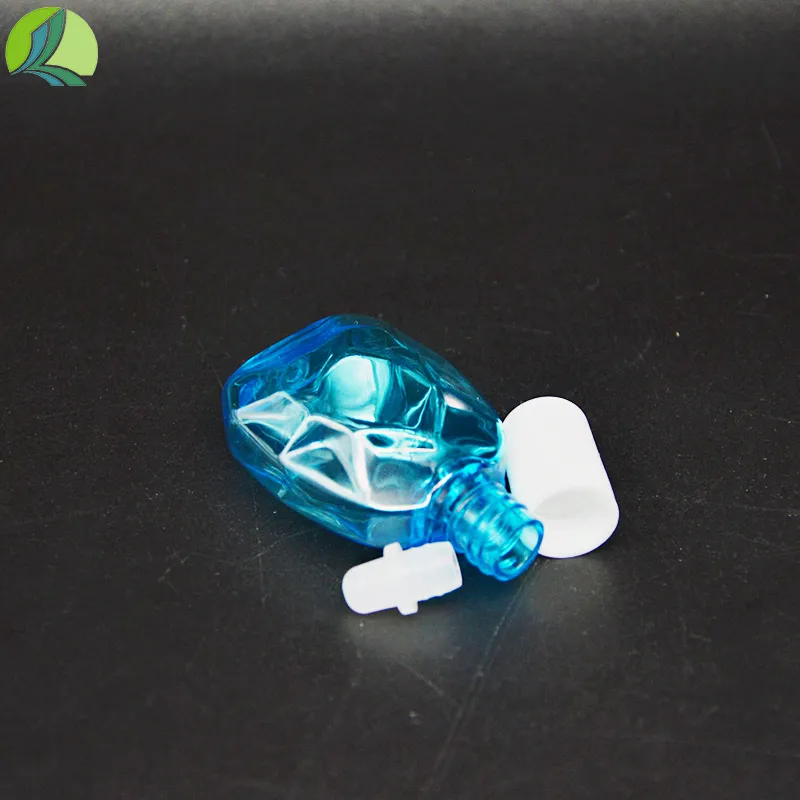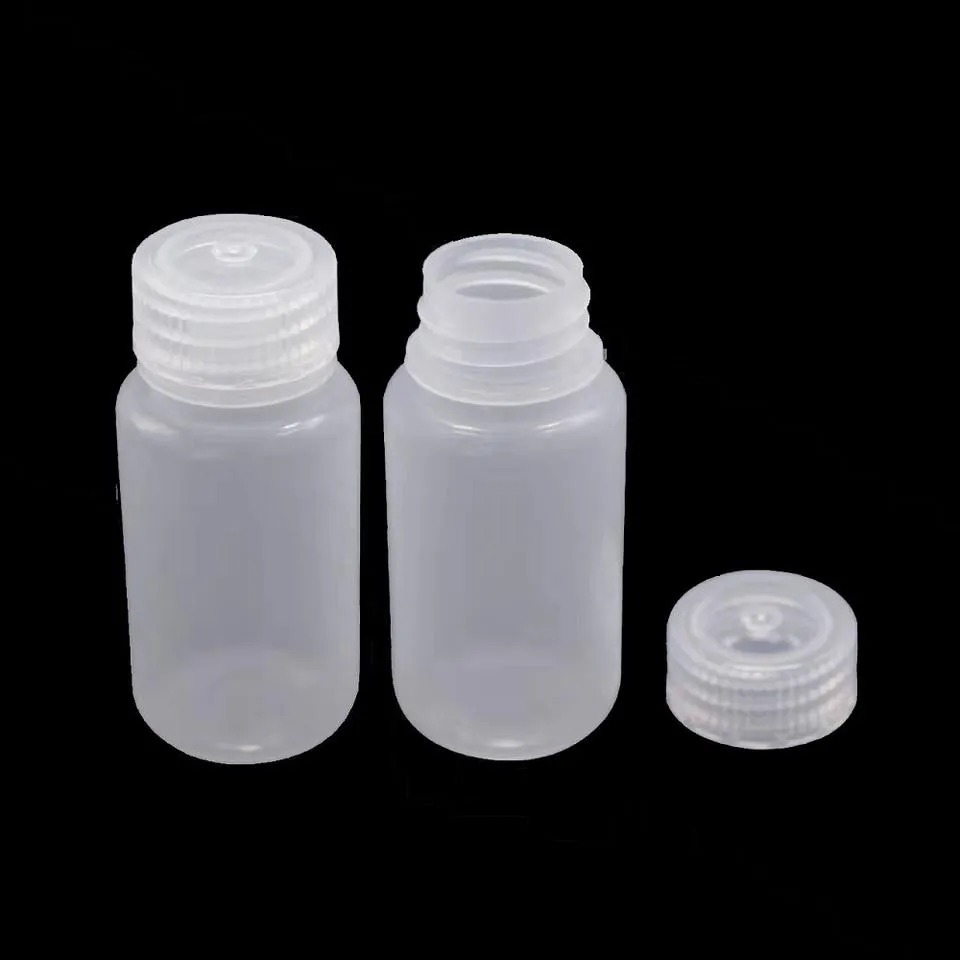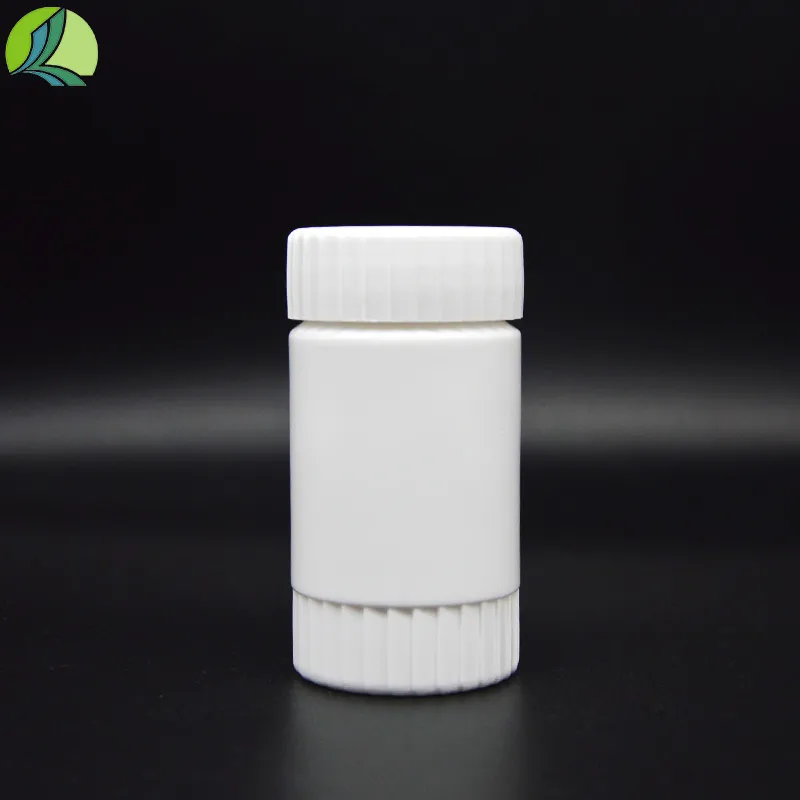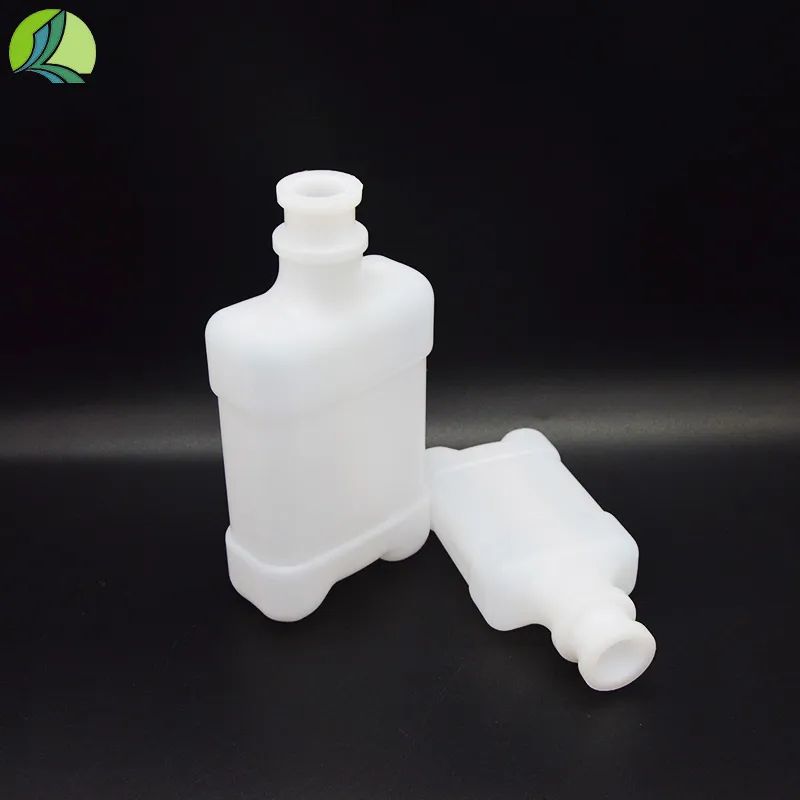
-
 Afrikaans
Afrikaans -
 Albanian
Albanian -
 Amharic
Amharic -
 Arabic
Arabic -
 Armenian
Armenian -
 Azerbaijani
Azerbaijani -
 Basque
Basque -
 Belarusian
Belarusian -
 Bengali
Bengali -
 Bosnian
Bosnian -
 Bulgarian
Bulgarian -
 Catalan
Catalan -
 Cebuano
Cebuano -
 Corsican
Corsican -
 Croatian
Croatian -
 Czech
Czech -
 Danish
Danish -
 Dutch
Dutch -
 English
English -
 Esperanto
Esperanto -
 Estonian
Estonian -
 Finnish
Finnish -
 French
French -
 Frisian
Frisian -
 Galician
Galician -
 Georgian
Georgian -
 German
German -
 Greek
Greek -
 Gujarati
Gujarati -
 Haitian Creole
Haitian Creole -
 hausa
hausa -
 hawaiian
hawaiian -
 Hebrew
Hebrew -
 Hindi
Hindi -
 Miao
Miao -
 Hungarian
Hungarian -
 Icelandic
Icelandic -
 igbo
igbo -
 Indonesian
Indonesian -
 irish
irish -
 Italian
Italian -
 Japanese
Japanese -
 Javanese
Javanese -
 Kannada
Kannada -
 kazakh
kazakh -
 Khmer
Khmer -
 Rwandese
Rwandese -
 Korean
Korean -
 Kurdish
Kurdish -
 Kyrgyz
Kyrgyz -
 Lao
Lao -
 Latin
Latin -
 Latvian
Latvian -
 Lithuanian
Lithuanian -
 Luxembourgish
Luxembourgish -
 Macedonian
Macedonian -
 Malgashi
Malgashi -
 Malay
Malay -
 Malayalam
Malayalam -
 Maltese
Maltese -
 Maori
Maori -
 Marathi
Marathi -
 Mongolian
Mongolian -
 Myanmar
Myanmar -
 Nepali
Nepali -
 Norwegian
Norwegian -
 Norwegian
Norwegian -
 Occitan
Occitan -
 Pashto
Pashto -
 Persian
Persian -
 Polish
Polish -
 Portuguese
Portuguese -
 Punjabi
Punjabi -
 Romanian
Romanian -
 Russian
Russian -
 Samoan
Samoan -
 Scottish Gaelic
Scottish Gaelic -
 Serbian
Serbian -
 Sesotho
Sesotho -
 Shona
Shona -
 Sindhi
Sindhi -
 Sinhala
Sinhala -
 Slovak
Slovak -
 Slovenian
Slovenian -
 Somali
Somali -
 Spanish
Spanish -
 Sundanese
Sundanese -
 Swahili
Swahili -
 Swedish
Swedish -
 Tagalog
Tagalog -
 Tajik
Tajik -
 Tamil
Tamil -
 Tatar
Tatar -
 Telugu
Telugu -
 Thai
Thai -
 Turkish
Turkish -
 Turkmen
Turkmen -
 Ukrainian
Ukrainian -
 Urdu
Urdu -
 Uighur
Uighur -
 Uzbek
Uzbek -
 Vietnamese
Vietnamese -
 Welsh
Welsh -
 Bantu
Bantu -
 Yiddish
Yiddish -
 Yoruba
Yoruba -
 Zulu
Zulu
Plastic Laboratory Reagent Bottle Screw Cap Semi-Permeable Liquid Bottle Specifications Complete
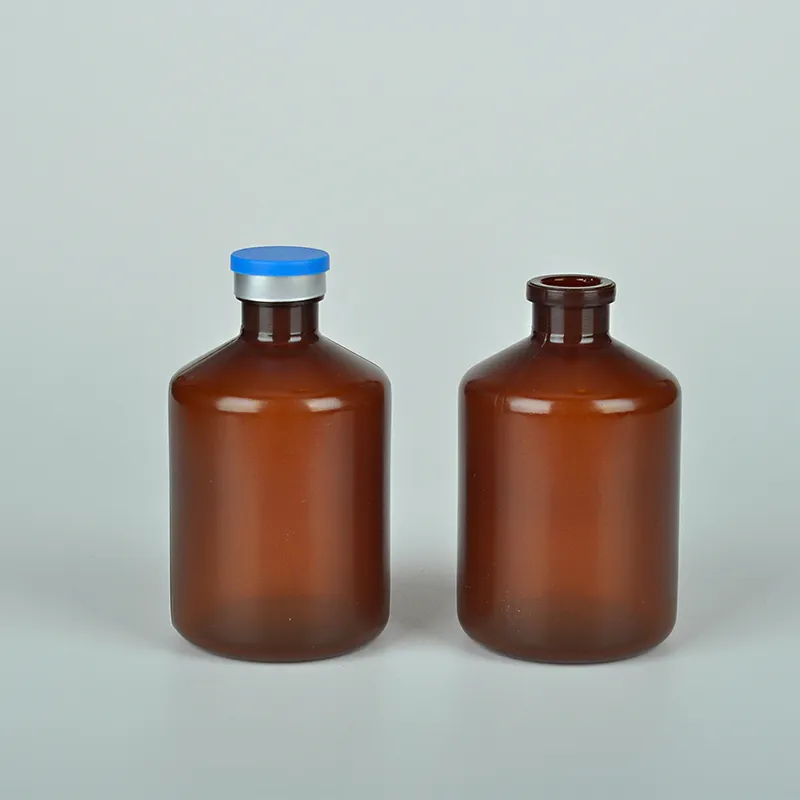
The Plastic Laboratory Reagent Bottle Screw Cap Semi-Permeable Liquid Bottle Specifications Complete has rapidly become a benchmark solution for modern laboratories and industrial setups requiring advanced chemical storage, safety and durability. With continually evolving regulatory and technological standards (referencing ISO 80369 and FDA guidelines), these bottles represent the future of lab reagent containment. This article will dive deep into current industry trends, technical parameter visualization, manufacturing process, real-world applications, vendor comparison, and expert-backed customization solutions.
Industry Trends: Why Complete Specification Plastic Lab Bottles Dominate
- Growth in Laboratory Automation: Global laboratory automation market is projected to expand at 7.2% CAGR (2023-2027, Frost & Sullivan). The increased demand for contamination-free, error-proof sample storage boosts semi-permeable bottle adoption.
- Rising Regulatory Focus: According to the ASTM, stringent sample handling and chemical compatibility standards (e.g., ASTM D4169, ISO 9001:2015) push labs to choose thoroughly tested, labeled bottles.
- Rapid Customization: Manufacturers now offer tailored volumes (5ml-2L), neck finishes, and cap types for specific chemical compatibilities and lab automation setups.
- Sustainability: Next-generation plastic bottles (HDPE, PP, FEP, PTFE) are fully recyclable, lightweight, and can be supplied with multi-use screw caps, leading to >40% reduction in lifecycle carbon footprint versus glass (Coherent Market Insights, 2023).
Technical Specifications: Parameter Table & Key Features
| Attribute | Available Options / Range | Industry Standard |
|---|---|---|
| Product Name | Plastic Laboratory Reagent Bottle Screw Cap Semi-Permeable Liquid Bottle Specifications Complete | ISO 80369, ASTM D4169 |
| Material | HDPE, PP, PTFE, FEP, PMP | FDA 21 CFR 177, REACH, RoHS |
| Volume | 5 ml, 20 ml, 50 ml, 100 ml, 500 ml, 1000 ml, 2000 ml | ISO 6706, ASTM E288 |
| Screw Cap Diameter | 13 mm, 18 mm, 22 mm, 28 mm, 38 mm | DIN 168/ISO 4796 |
| Semi-Permeable Membranes | PES, PTFE, Polycarbonate (customizable) | ASTM F316, USP Class VI |
| Temperature Range | -40℃ ~ +120℃ | ASTM D3418 |
| Chemical Resistance | Strong (Acids, Alkalis, Organic Solvents) | ISO/TR 10358 |
| Autoclavable | Yes (Except PP Screw Cap) | ISO 22975-1 |
| Color / Transparency | Clear, Amber, Opaque, Graduated | ISO 478 |

Visual Analysis: Parameters & Trend Comparison
Manufacturing Process: Step-by-Step Flow of Plastic Laboratory Reagent Bottles
- Material: Selected FDA/ISO-certified engineering plastics (HDPE, PP, FEP, PTFE) guarantee chemical compatibility and long service life (>10 years non-degraded, under ISO/TR 10358 chemical exposure tests).
- Process: Modern blow or injection molding ensures seamless body/cap forming, with CNC used for precision screw threads and neck finish (tolerance ±0.1mm, confirmed via CMM analysis).
- QC: Each batch follows leak, clarity, stress-crack resistance and permeation testing (EN ISO 11170, FDA 21 CFR 177).
- Standards: Production and protocols adhere to ISO 80369, ASTM D4169, and FDA requirements.
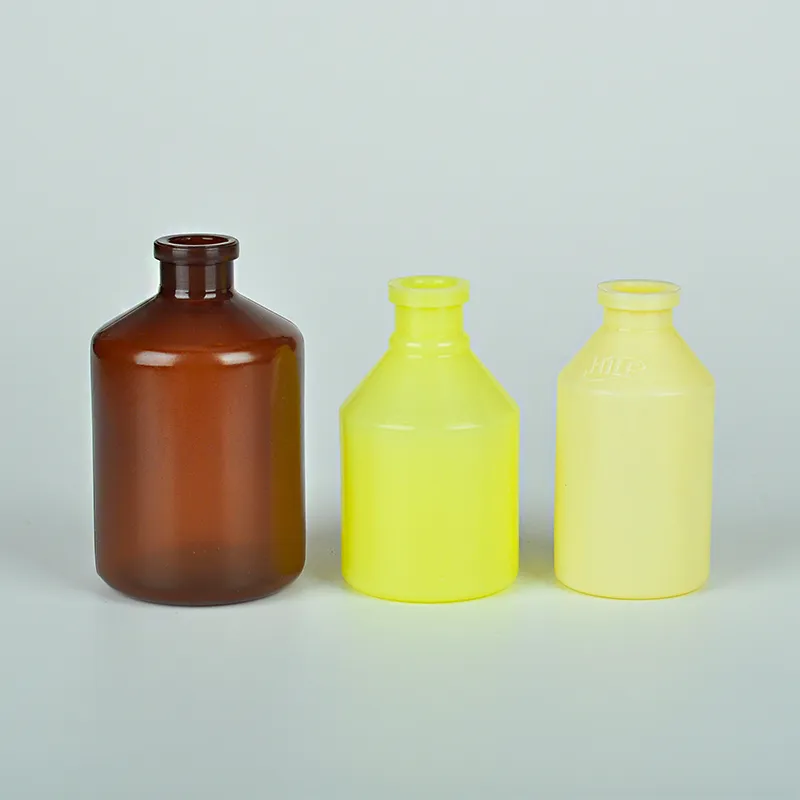
Application Scenarios & Case Study
- Scenario: The team tested aggressive organic solvents in HDPE and PTFE bottles at 22℃, 45% RH over 30 days (report by ChemTech Labs, 2023).
- Results: Plastic Laboratory Reagent Bottle Screw Cap Semi-Permeable Liquid Bottle Specifications Complete showed 0.02% weight loss vs. 0.19% for a lower-cost generic PP bottle, indicating exceptional low permeability. No cap leakage or stress cracks after 20 autoclave cycles.
- User Feedback: “Exceptional reliability and clarity, allows direct optical monitoring. No cross-contamination observed after four consecutive chemical refills.”
Advantages in Use:
- Energy saving over glass: 38% lower production/transport CO2, faster handling.
- Corrosion resistance prevents downtime; certified semi-permeable cap facilitates safe reagent equilibration with minimal vapor loss.
- Color/volume gradation for instant identification and error reduction.
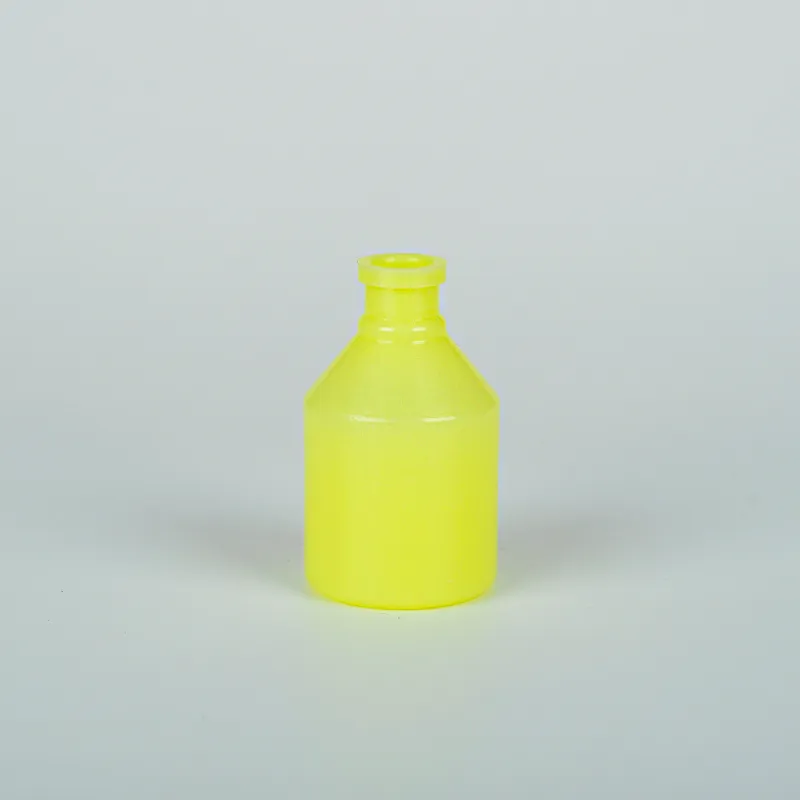
Vendor Comparison Table
| Model | Main Material | Membrane Type | Compliance | Autoclavable | Leak Tests | Volume Range | Warranty |
|---|---|---|---|---|---|---|---|
| WKPacking Plastic Laboratory Reagent Bottle Screw Cap Semi-Permeable Liquid Bottle Specifications Complete |
HDPE, PP, PTFE, FEP | PES, PTFE, Custom | ISO 80369, FDA CFR | Yes (Except PP Cap) | 100% per batch | 5ml-2L | 3 Years |
| Generic OEM | PP, LDPE | None or basic | GB4806.7 | No | Random tests | 20ml-1L | 6-12 mo |
| BrandX SecureCap | HDPE, PTFE | PTFE | ISO 22975 | Partial | 100% per batch | 50ml-1L | 18 mo |
| BrandY LabSafe | PMP, HDPE | PES | ISO 4796 | Yes | Random tests | 50ml-1.5L | 1 Year |
Summarizing Competitive Advantage:
- WKPacking enforces 100% batch leak testing and full material traceability for all Plastic Laboratory Reagent Bottle Screw Cap Semi-Permeable Liquid Bottle Specifications Complete products, ensuring long service life and regulatory compliance.
- OEM/Generic options usually lack consistent membrane technology and robust batch QC.
- Unique value: Custom mold, special color gradation, lot-number tracking, and global logistics support available from WKPacking.
Customization Options & Delivery
- Volume Customization: Any volume (5ml~2L), special request (micro-volume, multi-neck, safety vented) is achievable with WKPacking.
- Branding/Color: Silk-screen logo, barcode, lot number, and full-PMS custom coloring serve regulatory and process tracking needs.
- Membrane Selection: Semi-permeable cap options: PTFE for aggressive organics, PES for high flow, Polycarbonate for biologically protected storage.
- Packaging & Labeling: Sterile, double-bag, certificate of analysis, and serialized packaging for GMP and CFR-compliant operations.
- Turnaround Time: Standard SKUs: 4-7 days; Full customization: typically 2-3 weeks ARO. Expedited (“Hot Run”): as fast as 48 hours for urgent needs.
- Support & Documentation: All products supplied with full material traceability certificates, safety data sheets, RoHS/REACH/FDA Declarations, and 24/7 technical support.
Certifications, Authority & Partnerships
- Certifications: ISO 9001, ISO 80369, FDA 21 CFR, RoHS, REACH, GMP-ready.
- Industry Collaborations: WKPacking collaborates with leading pharmaceutical, petrochemical and academic research labs.
- Reputable End Users: Used by well-known institutions: National Environmental Research Center, PharmaTech Solutions, State Petrochemical R&D Division.
- Service Tenure: 20+ years in high-performance lab packaging, with global deliveries to over 35 countries.
- Global Distribution: Warehouses and tech support in US (NY), EU (Frankfurt), Asia (Shanghai).
FAQ: Advanced Technical FAQ
1. What plastics are typically used for Plastic Laboratory Reagent Bottle Screw Cap Semi-Permeable Liquid Bottle Specifications Complete?
HDPE (High Density Polyethylene) for chemical resistance and low permeability; PP (Polypropylene) for general use and moderate autoclavability; PTFE (Polytetrafluoroethylene) for extreme chemical compatibility; FEP and PMP for specialty applications where transparency or high temperature is needed.
2. Which membrane options are available for the screw cap?
PES (Polyethersulfone) for high flow, PTFE for organic/volatile reagents, Polycarbonate for biological agents. These membranes balance semi-permeability (gas exchange) with barrier performance, as per ASTM F316.
3. How do these bottles withstand repeated sterilization?
Most Plastic Laboratory Reagent Bottle Screw Cap Semi-Permeable Liquid Bottle Specifications Complete products (HDPE/FEP/PMP variants) are autoclavable at 121-134℃, certified according to ISO 22975-1, withstanding >100 cycles without deformation or threading failure. Note: PP cap may have lower cycle tolerance due to material fatigue.
4. What is the impact of chemical compatibility on service life?
Service life exceeds 10 years under standard lab exposure, as measured by ISO/TR 10358 protocols. HDPE and PTFE show minimal permeability and no visible stress cracking after five years' exposure to ethanol, hydrochloric acid, and toluene.
5. Which standards are necessary for compliance in international laboratories?
Key standards: ISO 80369 (twist cap connection), FDA 21 CFR 177 (material safety for consumables), ASTM D4169 (storage safety), and where relevant, Good Manufacturing Practice (GMP) for pharmaceutical workflows.
6. How is leakage prevented with semi-permeable bottle technology?
Strict batch-by-batch QC, O-ring integrated cap/collar, and ultrasonic welded membranes assure gas transfer (where needed) but absolute liquid-tite integrity. All units pass 0.2atm (2m water) immersion tests per lot, exceeding industry average.
7. Can special neck finishes or safety features be implemented?
Absolutely—custom threads (DIN/GL-45, ISO 4796), integral pouring rings, tamper-proof seals, and color code banding are all available for traceability, automation compatibility, and regulatory compliance across diverse lab sectors.
Warranty & Customer Support
- Warranty: 3-Year product warranty. Immediate RMA and free replacement for any verified QC issue.
- Technical Support: 24/7 technical hotline and documentation. Pre- and post-sales engineering support available in English, German, Chinese.
- Service Commitment: Complete pre-shipment inspection and COC mapping. Priority replacement on urgent orders.
- Logistics: Worldwide express shipping, trackable down to SKU and batch number, with full customs/handling documents provided.
Conclusion: The Benchmark for Laboratory Progress
As laboratory and industrial standards advance rapidly, the Plastic Laboratory Reagent Bottle Screw Cap Semi-Permeable Liquid Bottle Specifications Complete provides reliable, regulatory-ready solutions across diverse chemical, pharmaceutical, and environmental fields. Backed by rigorous international certification and customer feedback, these bottles streamline laboratory workflow, bolster audit results, and enhance user safety. Whether for high-throughput research automation or critical chemical analysis, they remain a proven, future-proof choice.
[1] “Laboratory Bottle Market: Global Outlook & Forecast 2023–2029”, ChemTech Industry Journal, 2023. https://www.chemtechjournal.org/Laboratory_Bottle_Market_Analysis.pdf
[2] “Comparative Chemical Permeability of Lab Bottles”, Industry Forum Discussion Thread. https://www.labwelforum.com/thread/133092-bottle-permeability
[3] “Safety Testing in Plastic Laboratory Bottles”, Material Testing Reports, 2023.
[4] “ISO Standards for Laboratory Consumables”, ISO Database, https://www.iso.org/standard/71101.html
-
Animal Laboratory 500ml White Plastic Veterinary Medicine Bottle PP Vaccine BottleNewsJul.30,2025
-
High-Quality Medicine Liquid Bottle – Durable Plastic Vials SolutionsNewsJul.30,2025
-
Makeup Spray Bottle – Stylish & Refillable Cosmetic Spray Pump BottlesNewsJul.29,2025
-
28 Mouthfuls 100ml 25ml White Plastic Vaccine Vial for Veterinary UseNewsJul.29,2025
-
Makeup Spray Bottle - Aesthetic, Durable, Refillable Cosmetic SolutionNewsJul.28,2025



